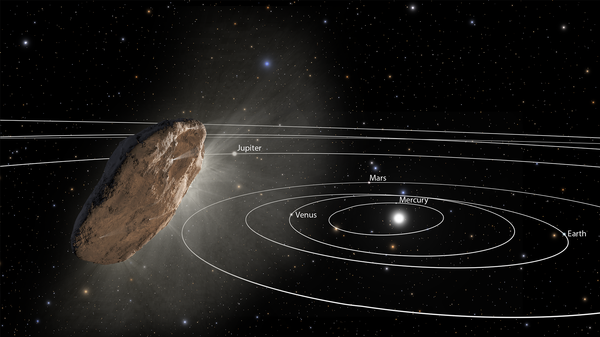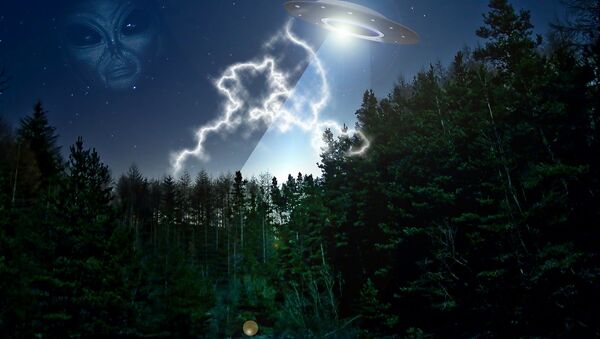An alien piece of technology recently passed near our planet, according to Avi Loeb, the chair of Harvard's Department of Astronomy.
In his upcoming book, "Extraterrestrial: The First Sign of Intelligent Life Beyond Earth", the researcher says the mysterious object named Oumuamua, coming from the direction of Vega was intercepted by the solar system's orbital plane on 6 September 2017, and in a month flew near Earth, "moving swiftly toward the constellation Pegasus and the blackness beyond".
Despite only being around 100-metres long, it is believed to be the first such interstellar object ever detected inside our solar system.
According to Loeb, it was not an ordinary comet, but a piece of discarded technology from an alien civilisation. He pointed out its unusual cigar-like shape, unprecedented for normal space objects, adding that it was "unusually bright", at least "ten times more reflective than typical solar system [stony] asteroids or comets".

But the main issue that made Loeb believe it was an artificial object was its unusual trajectory in proximity to our star.
Instead of slowing down when it got farther away from the Sun, Oumuamua accelerated "slightly, but to a highly statistically significant extent", the scientist wrote. This is possible for a comet, as the heat from the star releases frozen gases from their surface, which act like a rocket engine - but in that case the Oumuamua should have left a distinctive "tail".
He speculated that the object could have been a disc-shaped probe or a piece of "space junk", released by extraterrestrial creatures.
"The only way to look for [alien civilisations] is to look for their trash, like investigative journalists who look through celebrities' trash", Loeb said.



